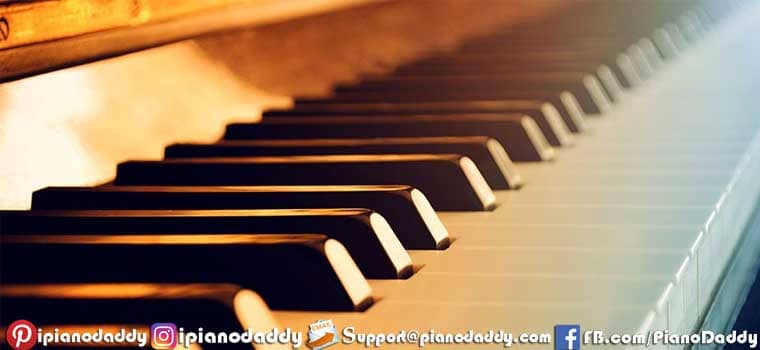Best Beethoven Piano Sonatas
Instructions: Sign + = Higher Octave, - = Lower Octave, # = Sharp Notes, b = Flat Notes. See Piano Theory Click Here Key Name details with diagram.
Best Beethoven Piano Sonatas
Ludwig van Beethoven (17 December 1770 – 26 March 1827) remains one of the best musical composers that have walked the earth. He is a major musical figure and composed great music in the time between the classical and the Romantic eras. Despite his medical conditions and poor health ( he became deaf at 40) he was still able to compose very brilliant sonatas. In this article we provide five of his best sonata.
N°5 – Sonata 17 Op.31 N°3 in D minor
This could be referred to as one of the famous sonata written by Beethoven in a time referred to as his middle period. As seen in the Pathetique Sonata, three numbers appear at the beginning. In the first two movements, we notice ascending and gradual slow broken chords; while in the third movement, the broken chord becomes ascending and this then adds to the general melody of the piece. It has a D minor tone which is loaded in the first movement.
N°4 – Sonata 7 – Op.10 N°3 in D major
This is one sonata that is widely played in different concerts and piano competitions. It could be seen as the first masterwork for piano made by Beethoven. In the first and fourth movements, we would find Beethoven’s earliest resources which include, an instant swap in roles, changes in mode, broken octaves, pedal notes, arpeggios, and his sudden changes in intensity. The result of this is a piece of ecstatic music with a strict classic architecture and style while still exploring the various experimental techniques of composition for the Epoque.
As for the second movement, it could be seen as one of the best slow-movements written by Beethoven. It has a gradual tempo leading to an emotive melody with intense layering which includes a wonderful coda.
N°3 – Sonata 23 Op. 57 in F minor
Beethoven composed some of his best music between 1803 and 1806. During this period he wrote beautiful music such as the Third and Fourth symphonies, Piano Concerto N°4, his only Violin Concerto, the Triple Concerto, three quartets, and three sonatas, which includes Op.57, ‘Appassionata’ and the Op.53 ‘Waldstein’. He used the tonality of F minor to play in the first bar and this gave the music a dark and mysterious character. In the second movement, we feel a calm and carefree play which is linked to the third movement. The main job is on the final allegro and in this part, he repeats, develops, twists, and uncoils the main theme severally and then stockpiles vertigo and stress right till the very end.
N°2 – Sonata 21 Op.53 in C major
This could stand for the second most difficult sonata just behind the N°29 – ‘Hammerklavier’ Sonata. This sonata demands a lot of practice to master the complex finger movements of both hands across about thirty pages with a duration of about thirty minutes. This sonata also has a lot of transition and which are sudden and needs the hands to be settled in different new positions, with different jumps and shifts in just a very short time. Also one would need to have a lot of arm and forearm movement to have the piece sound with the required power. The second and the third movements are connected. The development of the first movement as well as the themes possesses a great number of notes.
This sonata requires a lot of hand movement with a very fast coda which causes a little trouble. Despite the difficulties, it remains one of the favorite sonatas to be performed in competitions and concerts.
N°1 – Sonata 8 Op.13 in C minor
This could stand as one of the best piano sonatas produced by Beethoven. This music has a lot of importance in the history of music and has led to very large musical productions. Also, this sonata helped the transition from the Classical period to the Romantic period. It has an amazing introduction, a wonderful theme, and motive as well as a complex and very demanding first movement. The piece is quite difficult to perform due to the high speed and touch needed to play it. A mixture of delicate and ascending notes. It has a great melody with an amazing ending. It’s all about Best Beethoven Piano Sonatas.
These are demo notes for respective song. You can try it on your instrument. If it works for you and you are comfortable to play with our notes, you can simply get full notes by paying us. Just click the Buy Now button below and see our packages.

Hope you enjoyed our Piano Notes. Please share with your friends who wanna learn Piano Online.

